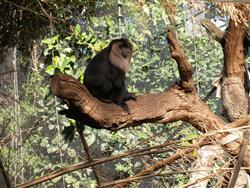
Study Nature Park Management II from home
This course builds on Nature Park Management I, but can be taken in its own right. It concentrates more on indigenous plants and using them to create natural, balanced ecosystems. Learn to create nature trails, build rockeries and pathways, construct ponds and watercourses, design picnic grounds and animal enclosures, promote a nature park, and lots more.